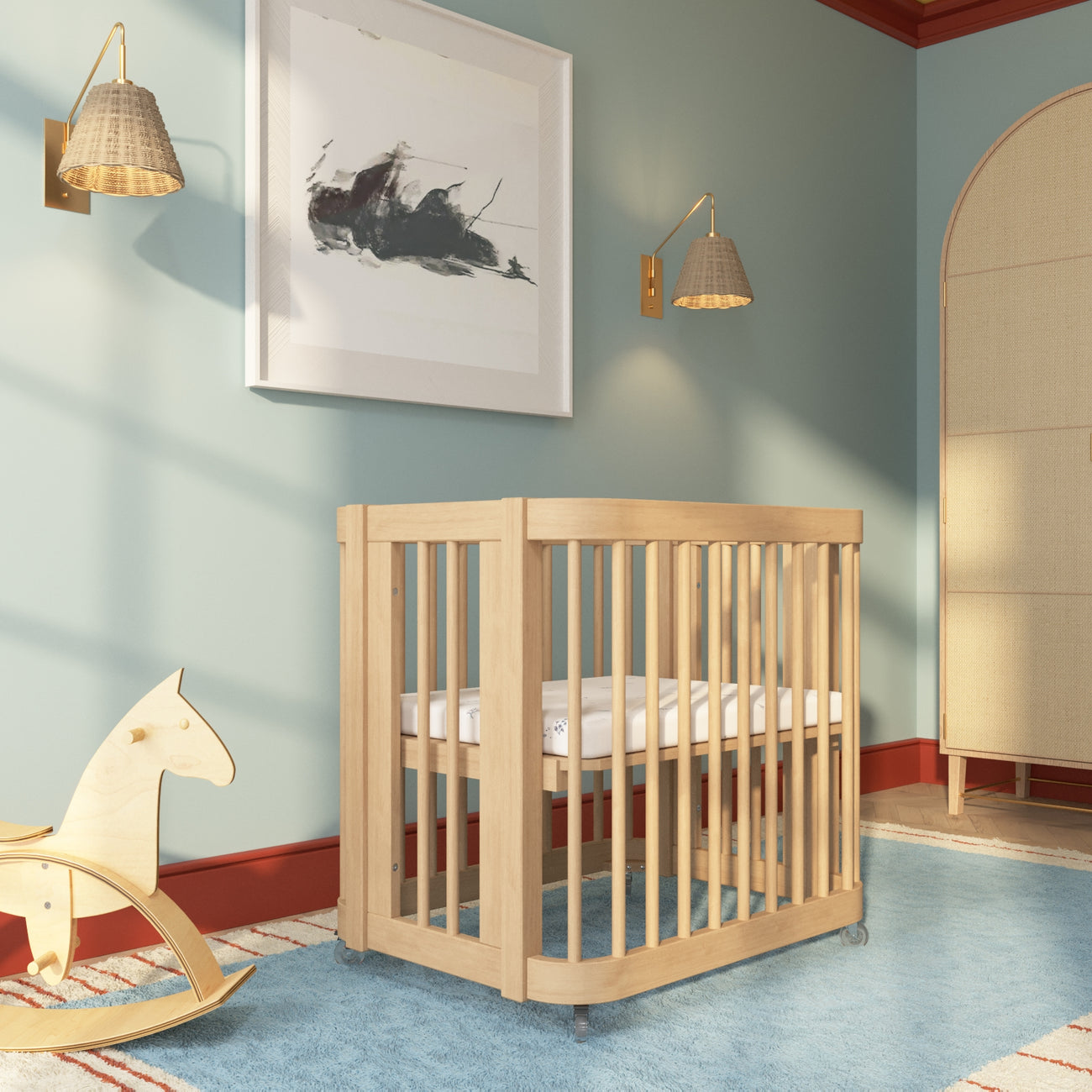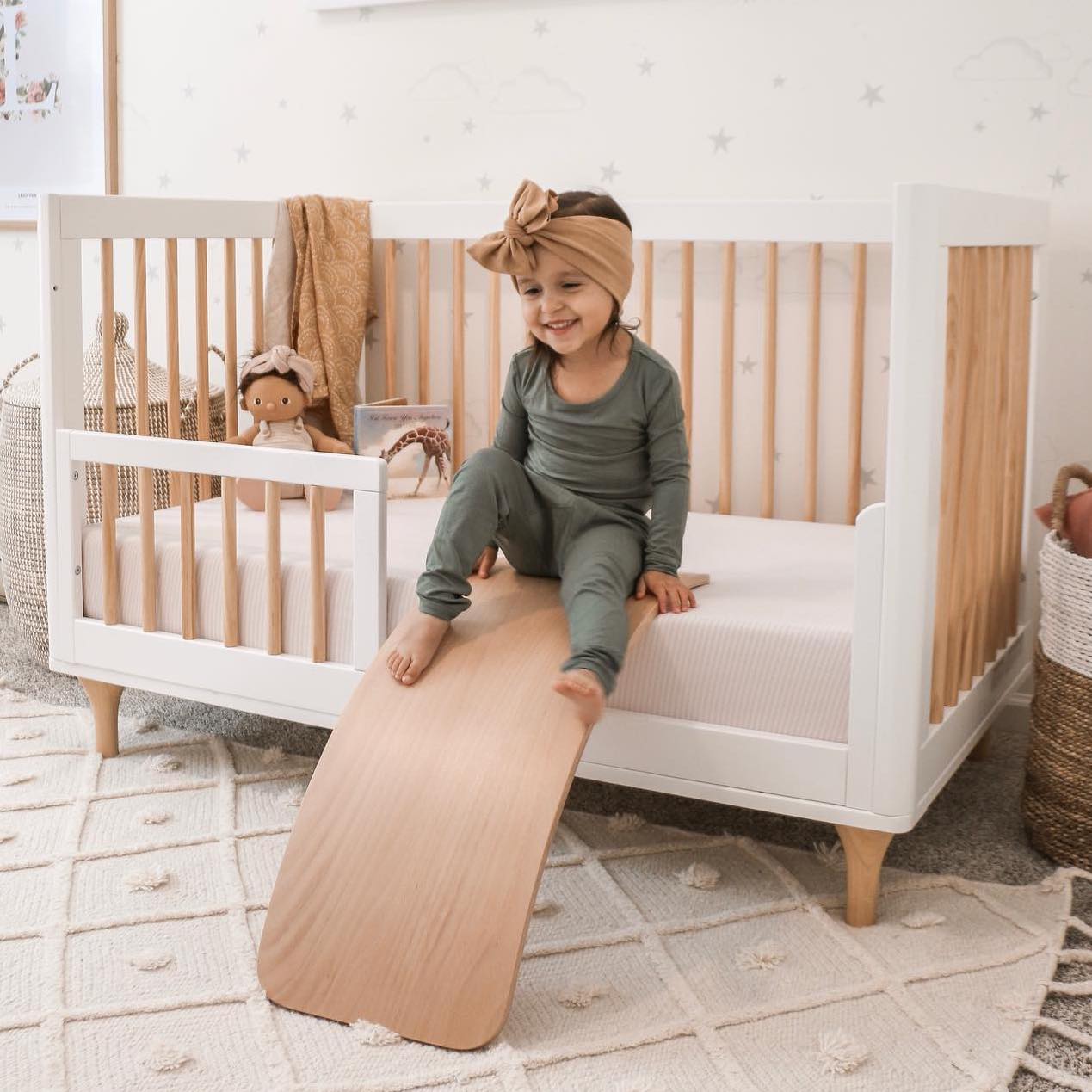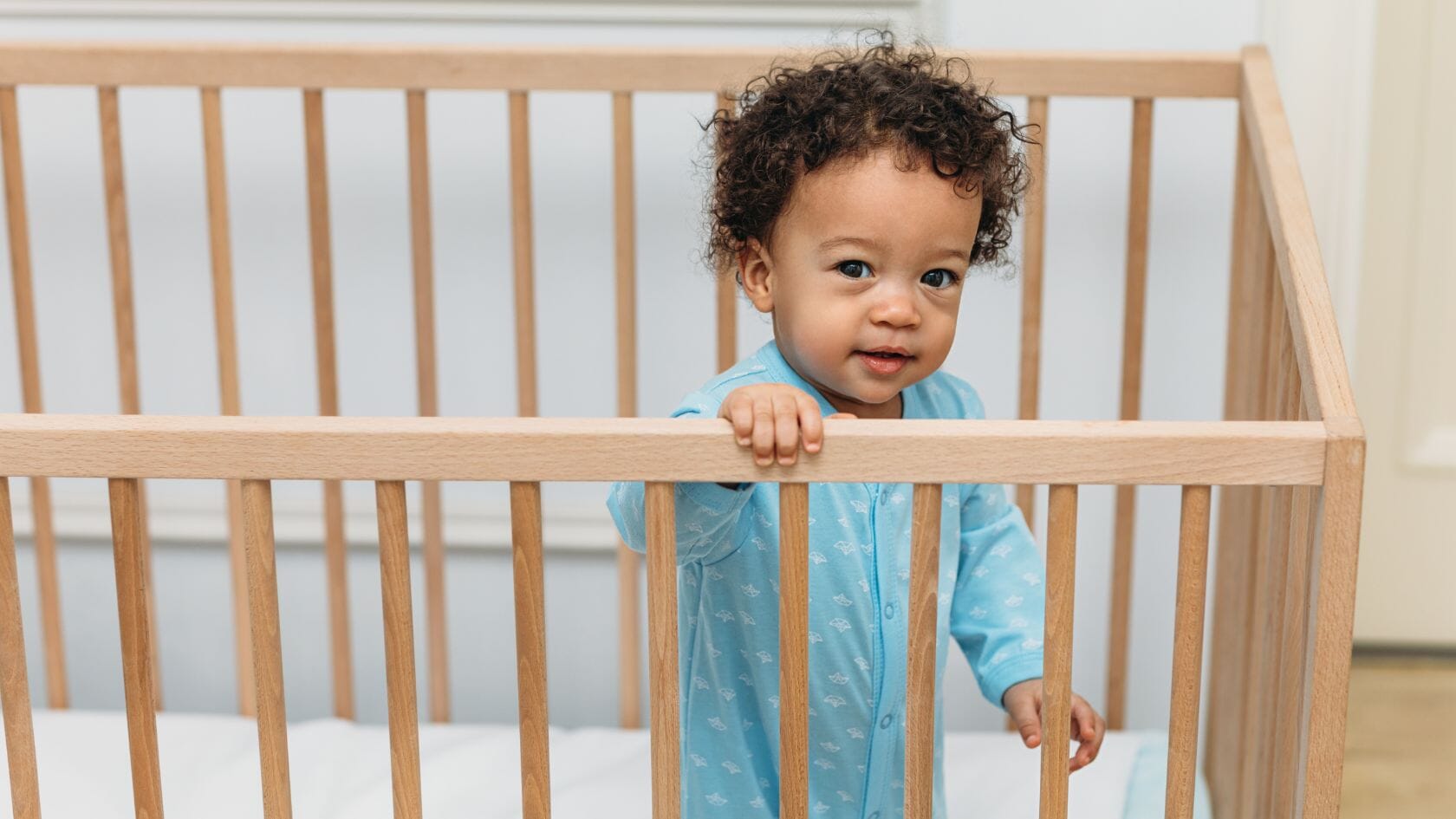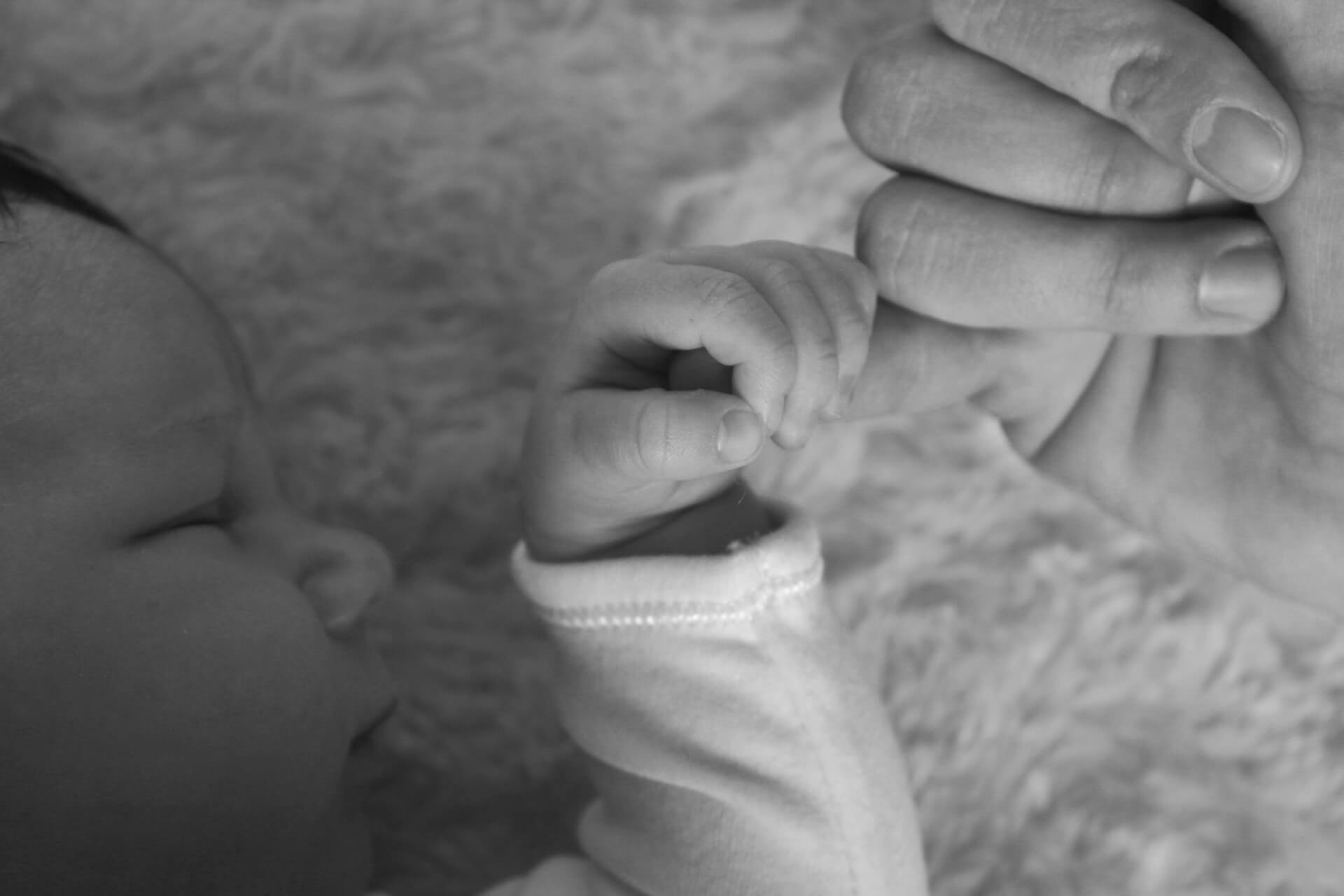Introduction: A Milestone Moment
The transition from a cozy bassinet to a spacious crib marks an exciting milestone in your baby’s life. This change signifies growth and development, yet it can also evoke mixed emotions for both parent and child. Fear not, for with a gentle approach and some thoughtful preparation, this transition can be a smooth and positive experience for all involved.
Understanding the Right Time
Determining the ideal time to move your little one into a crib is crucial. Generally, this shift occurs between three and six months of age, when your baby starts showing signs of outgrowing their bassinet or begins to roll over, which could pose a safety risk in smaller confines. Watch for these cues, but remember, every baby is unique; prioritize their comfort and safety above any predetermined timeline.

Preparing the Crib: Safety First
Before embarking on this journey, ensure the crib meets all safety standards. Opt for a firm, fitting mattress with tight-fitting sheets, and remove any loose items like pillows, toys, or heavy blankets that could pose suffocation hazards. Install the crib away from windows, heating sources, and dangling cords to create a secure sleep environment. Additionally, consider using breathable crib bumpers for added protection without compromising airflow.
Creating Familiarity
To ease the transition, mimic the bassinet’s cozy atmosphere in the crib. Use the same familiar bedding, if possible, or transfer a beloved blanket that carries the scent of home. Placing a few soft toys or a white noise machine nearby can also provide reassurance during this adjustment period. By recreating a sense of familiarity, you’re helping your baby feel more at ease in their new sleeping quarters.
Gradual Introduction
A gradual transition can work wonders. Start by placing your baby in the crib for naps initially, allowing them to get used to the new space during daylight hours when they tend to be less anxious. Gradually increase the duration and frequency of crib usage, eventually including nighttime sleep. This slow integration helps build positive associations with the crib while minimizing resistance.

Maintaining Routines
Consistency is key when it comes to infant sleep patterns. Stick to your established bedtime routine, whether it involves a warm bath, a lullaby, or a bedtime story. By keeping these rituals intact, you signal to your baby that though the sleeping place has changed, the soothing elements of their bedtime haven’t. This continuity provides a sense of security amidst the change.
Nighttime Comfort and Reassurance
Expect some initial resistance or wakefulness as your baby adjusts. Respond promptly to their cries, offering comfort and reassurance. It might be tempting to bring them back to the familiarity of the bassinet, but consistency in this new arrangement is vital. Consider using a baby monitor with a night vision camera to keep an eye on them, allowing you to respond quickly without disturbing their sleep further.

Patience and Persistence
Remember, patience is paramount. The adjustment period can take days, weeks, or even a month. Each baby adapts at their own pace, so avoid comparing your journey with others’. Celebrate small successes, like a full nap in the crib, and don’t be disheartened by setbacks. Consistent effort and a positive attitude will eventually lead to success.
Involving Siblings or Pets
If you have older children or pets, involve them in the process. Explain the importance of being quiet around the baby’s sleeping area and encourage them to respect the new boundaries. This inclusion fosters a sense of teamwork and can help create a calm environment conducive to sleep.
Enhancing the Sleep Environment
The crib’s environment plays a crucial role in your baby’s sleep quality. Ensure the crib is safe, with a firm mattress and tightly fitted sheets. Keep toys and loose bedding out of the crib to minimize risk. Create a cozy atmosphere by adjusting the room temperature to a comfortable level, typically between 68-72°F (20-22°C), and consider using blackout curtains to block out light that might disrupt sleep.

Establishing Independent Sleep Skills
As your baby gets used to the crib, focus on fostering independent sleep skills. This includes putting your baby down when drowsy but still awake, allowing them to learn how to self-soothe and fall asleep independently. While it may lead to some protest initially, it sets a foundation for better long-term sleep habits.
Consistent Daytime Schedule
A predictable daytime schedule can significantly impact nighttime sleep. Ensure your baby has regular naptimes and wake times, with age-appropriate activities spread throughout the day. Adequate daytime stimulation and play help tire them out, making it easier for them to settle into longer stretches of sleep at night.
Tracking and Adjusting
Over time, observe your baby’s sleep patterns and adjust strategies as needed. Use a baby sleep tracker app or journal to log sleep and waking times, feeding schedules, and any notable behaviors. This data can help you identify patterns and make informed decisions about further adjustments to the sleep plan.

Professional Guidance
Don’t hesitate to seek professional advice if you encounter persistent difficulties. Pediatricians, sleep consultants, or parenting coaches can offer personalized guidance tailored to your baby’s needs and your family’s situation. They can provide strategies for specific challenges, such as sleep regressions or persistent night wakings.
Emotional Support for Parents
Lastly, remember that transitioning your baby to the crib can be emotionally challenging for parents too. It’s natural to feel a mix of pride, sadness, and maybe even guilt. Connect with other parents going through similar experiences, join online forums or parenting groups, or speak with a counselor if you find the emotions overwhelming. Remember, taking care of yourself emotionally is just as important as nurturing your baby’s sleep habits.
Conclusion: Embracing the Next Chapter
Transitioning your baby from bassinet to crib is a significant step in their growth journey. With careful planning, patience, and a focus on maintaining familiarity and safety, this change can be a positive experience for both you and your little one. Remember, every child adapts differently, and the process may have its ups and downs. But with time, the crib becomes a beloved haven where your baby continues to thrive and dream, marking another successful milestone in their wonderful world of growth and exploration.
